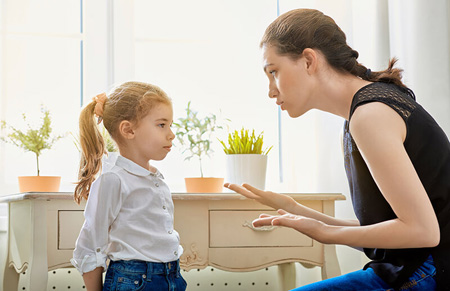 Richard Doyle, MSW
Richard Doyle, MSW
Family Services Coordinator, Supervisee in Social Work
Phone: (434) 996-2262
In my last post I encouraged parents to try using a time-in rather than a time-out with their children. In this post I will explore this topic further and offer some additional strategies to consider using that promote connection, cooperation, and (internal) skill development.
First, what’s a child thinking when he’s in time-out? Typically, he is not reflecting on his behavior or developing great insight; instead, he is thinking about how mean his parents are or how unfair (his) life is. Further, if the child is isolated during the time-out, an opportunity is being missed to help the child develop empathy and problem-solving skills. A different approach to promote reflection and insight would be to ask the child, “What are some ideas you have to make it better and solve this problem?” Once the child is calm, this kind of question provides an opportunity for the child to engage in the problem-solving process.
Not only does isolating the child in a “punishment” time-out mean missing an opportunity to develop problem-solving skills, it also runs counter to the idea of connecting with a child who is overwhelmed. Sending the child off may feel like abandonment, and this feeling may be even stronger for children with a history of neglectful caregivers. But it also sends the message that you’ll only be in a relationship “when she’s “good,” or “happy,” but withhold your love and affection when she’s not. Would you want to stay in that kind of relationship? Wouldn’t we advise our teenagers to avoid friends or partners who treat them like that when they’ve made a mistake” (Siegel & Bryson, 2014, p.29)?
Rather than isolating the child for a long period of time when misbehavior occurs (which is often what “punishment” time-outs look like), create an opportunity for the child to experience an acceptable way of behaving. Rather than give a reactive time-out that is not connected to the behavior, create a situation that helps teach the child about how to make things right. For example, a child who makes a disrespectful statement can be prompted to take a “do over” and communicate the sentiment more respectfully. A child who is mean to their sibling can be given the task of doing something kind or thoughtful for that same sibling. A child who makes a mess can help clean it–or something else–up. A child who forgets to wear a helmet before riding a bike may have to pass a “safety check” before going riding for two weeks.
Another strategy is to help the child create a “calm zone” with some of her favorite books, toys, stuffed animals, etc. that she can visit when she needs some time to calm down. Teaching her to use her “calm zone” promotes internal self-regulation, meaning this strategy connects to both the short term (i.e. cooperation) and long term (i.e. skill building) goals of discipline. Also, consider that “calm zones” are not just for children. It may be helpful to create a “calm zone” for yourself that you can go to when you need some time to calm down.
Remember to connect first, then once the child is calm and receptive, redirect in ways that promote the short and long term goals of discipline, not punishment.
Until next time,
Richard Doyle, MSW
References
Siegel, D. & Bryson, T. (2014). No-Drama Discipline: The whole-brain way to calm the chaos and nurture your child’s developing mind. New York, NY: Bantam Books.



